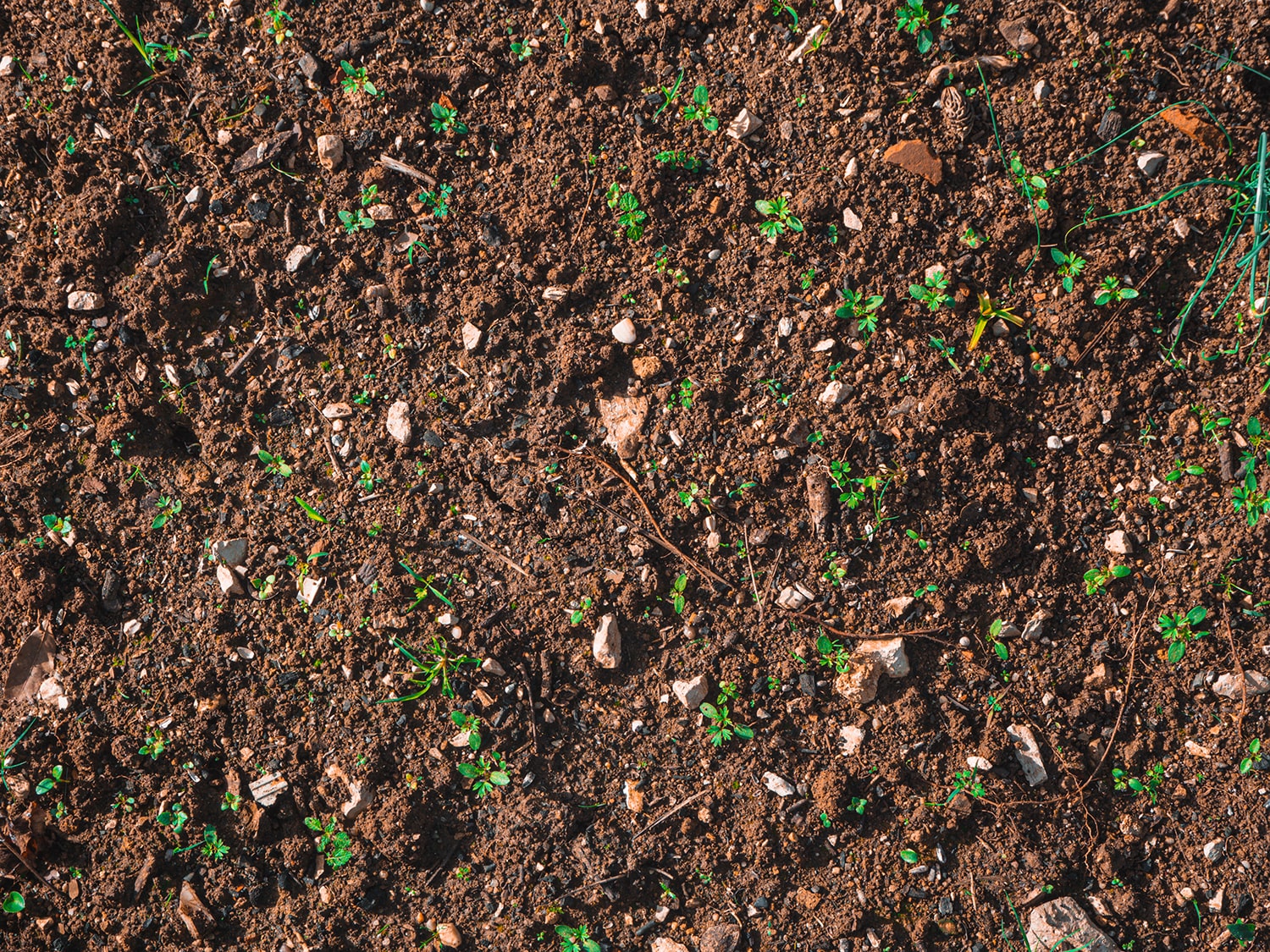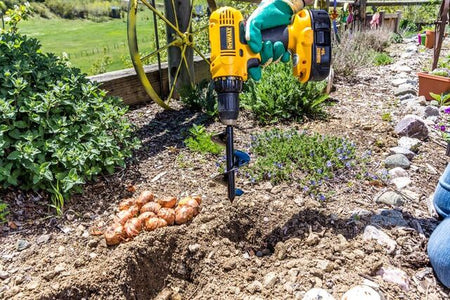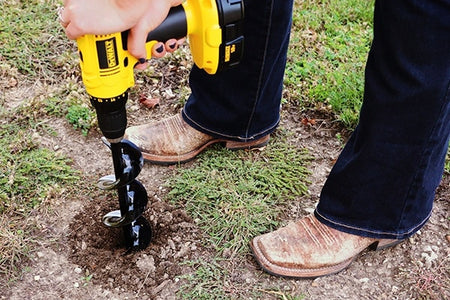A beautiful lawn ties together all aspects of your yard — flowers, furniture, and fencing — and boosts curb appeal. One key to achieving a well-kept lawn? Aeration.
What is lawn aeration?
Lawn aeration is the process of breaking up tightly compacted soil to enhance grass growth. Whether you have grass, flowers, or shrubs, lawn aeration allows roots to receive air, water, and nutrients.
Over time, soil can become compacted by heavy foot traffic, hindering its ability to receive nutrients. During seasonal heat and rainfall, soil may also become deprived of oxygen, resulting in thin, yellow patches. Or overcrowded plants may be competing for resources. For a great garden and plot of grass, it’s important to aerate soil at least once a year.
The benefits of lawn aeration
The benefits of lawn aeration include stronger roots, improved access to nutrients, and a thicker, more vibrant yard. Plus, lawn aeration only takes about two hours or so, depending on the size of the lawn. You can set aside an afternoon to complete the job.
It’s sometimes difficult to tell when a lawn needs to be aerated if it looks fine. But consider the long-term use of the yard and your lifestyle. Do children and pets often play outside? Do guests cross the yard to get to the front door? These actions stress your lawn. In addition, if your grass looks stressed or has stopped growing, the soil isn’t soft, or puddles form on the grass after a rainstorm, it’s time to aerate.
How to aerate your lawn
Aerating takes time and preparation. Here’s a guide on how to aerate your lawn.
Before lawn aeration
1. Decide when to aerate a lawn. The best time to aerate is at the beginning of your lawn’s fastest growth stage. For example, if you live in the north, aerate in early fall or early spring. If you live in the south — where the climate is warmer year-round — aerate in late spring or early summer.
2. Gather the right tools and materials. Augers are great lawn aeration tools. They bore holes into the ground to break up your soil and let roots receive air, water, and nutrients. You could also buy a specialized aerator, gloves, a hose or sprinkler, grass seed, and fertilizer.
3. Make sure the ground is moist. To reap the benefits of lawn aeration — and make it less laborious — wait a day or two after heavy rainfall. If the ground is too wet, it’ll be too muddy and messy. If it’s too dry, it won’t hold moisture well.
During lawn aeration
4. Mark the ground. Lawns are sometimes uneven or hide stumps and roots. Use irrigation flags to mark the ground and prevent injuries and mistakes.
5. Concentrate on problem areas. Focus on common zones of the yard you use the most.
6. Core aerate. While various aeration methods exist (core, spike, and liquid), core aeration is best for most lawns. Spike aeration, for example, is less effective than core aeration and increases soil compaction over time, resulting in weaker grass that’s more prone to disease.
Core aeration is the process of poking hollow prongs into the ground to remove long, narrow soil plugs — either with a manual aerator or an aeration machine. By removing plugs 2 to 3 inches apart, core aeration allows water, oxygen, and nitrogen to make their way to your deprived roots.
After lawn aeration
7. Let the soil dry. The soil plugs will decompose and dry naturally, working beneficial organic matter back into your soil within two to four weeks.
8. Overseed the grass. Place seeds directly in the open plugs for maximum growth. (The best grass for overseeding depends on where you live. Bermuda grass or Zoysia grass are great options if you live in warmer zones and Kentuly bluegrass or tall fescue are good for cooler climates.)
9. Fertilize the lawn. To finish the job, add fertilizer to make sure the turf grows thick, lush, and beautiful. The thicker your lawn, the less weeds you’ll have.
Having a full lawn takes time and effort. But now that you know why and how to aerate a lawn, you can protect it from damage and give it the nutrients it needs to grow more beautifully than ever before.







